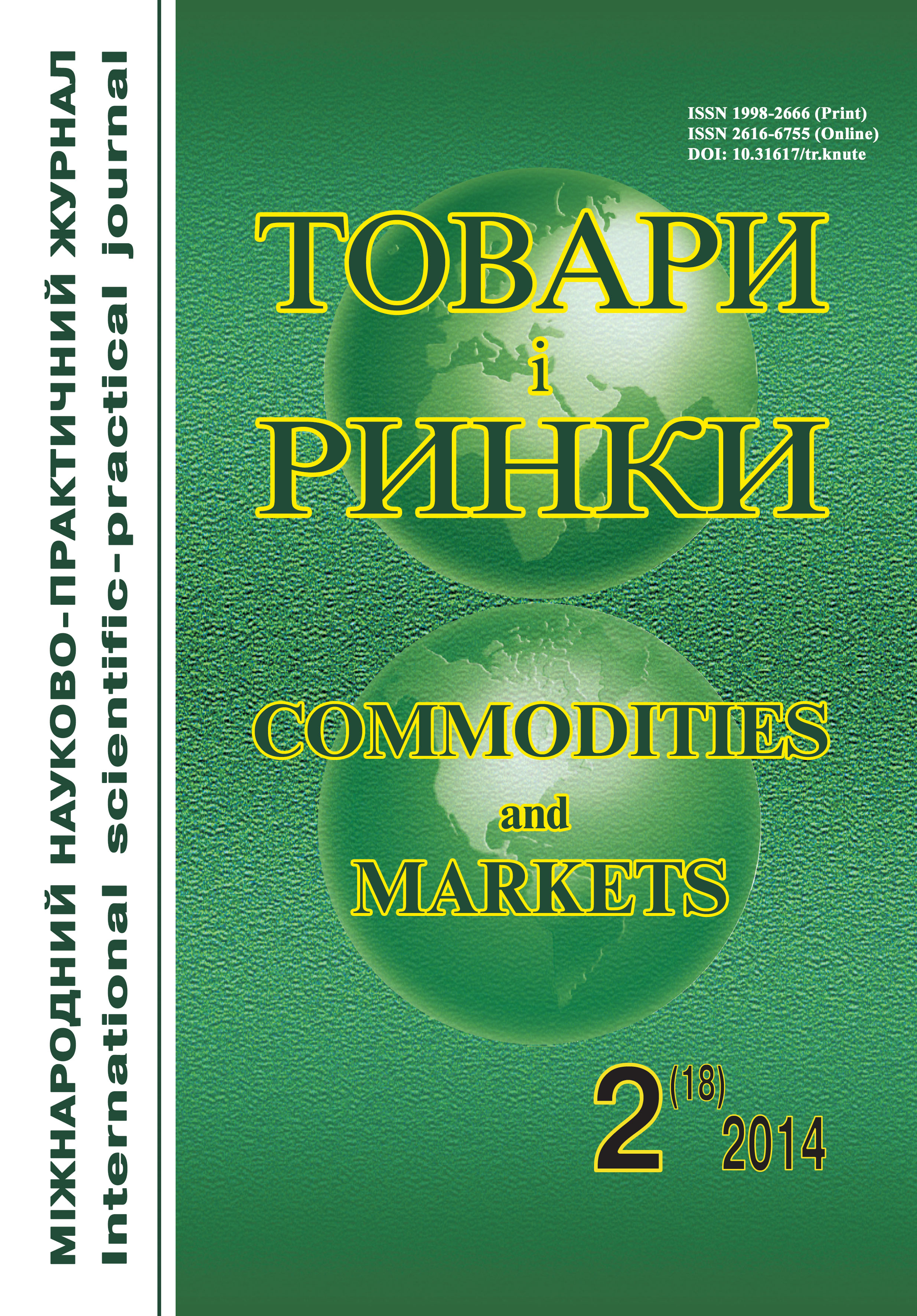Oxidation and reduction capacity as an indicator of dairy products bacterial safety
Keywords:
milk, quality, microorganisms, titration acidity, active acidity, oxidation and reduction reactions, oxidation and reduction capacityAbstract
Background. Reductase test is ineffective for bacterial quality control of raw chilled milk, especially in the supply of raw material from the individual farms and, consequently, increased bacterial contamination of raw milk. The accuracy class of bacterial contamination by reductase test is largely determined by the oxidation-reduction potential (Eh).
The aim of the study is to determine the expediency of Eh of milk as an indicator of bacterial safety of dairy products.
Material and methods. Object of the study is raw and pasteurized milk made at dairy plants in Obukhiv, Vyshneve (Milk processing factory Nr. 3) and Chernihiv.
Active acidity (pH) was identified in the studied samples by potentsiometry by the device-340 pH with glass and chlorine and silver electrodes. Quantitative measure of oxidative and reductive capacity of the system is Eh (mV), which is defined by potentiometry, for which the normal hydrogen and platinum electrodes were used [4; 10].
Results. Our previous studies have confirmed the value of Eh for assessing the safety of milk and dairy products [10; 11]. Eh of raw milk was lower in comparison with those of other authors and was on average +160 ...+170 mV. It was found that a way of heat treatment strengthens reductive properties of milk, thus it reduces Eh. Research results have shown that Eh varies more intensely in raw milk during storage compared to pasteurized milk. This is due to the characteristics of the micro flora and confirms the high sensitivity of this indicator to milk contamination by microorganisms. The value of Eh in pasteurized milk accounted +150 ...+180 mV, but it rapidly decreased at the exit of pasteurization device. Eh indicator change is more substantial compared to the titration or active acidity changes of the finished product.
Conclusion. Given the high sensitivity and ease of determining the oxidation and reduction potential it is advisable to introduce it as an indicator of bacterial safety of dairy products.
References
Chagarovs'kyj V. P. Doslidzhennja skladu mikroorganizmiv i riznyh taksonomichnyh grup, shho znahodjat'sja v moloci / V. P. Chagarovs'kyj, M. I. Dimova // Molochna prom-st'. — 2004. — No 1 (10). — S. 34—37.
Sostav mikroflory moloka na razlichnyh jetapah obrabotki / [A. N. Ponomarev, M. A. Ba- rabashina, G. L. Shuvaeva i dr.] // Molochnaja prom-st'. — 2004. — No 9. — S. 31—32.
Gorbatova K. K. Fiziko-himicheskie i biohimicheskie osnovy proizvodstva molochnyh produktov / K. K. Gorbatova. — SPb. : GIORD, 2003. — 352 s.
Opredelenie ingibirujushhih veshhestv v moloke / [N. S. Koroleva, V. F. Semenihina, E. A. Hor'kova, I. P. Danilenko] // Molochnaja prom-st'. — 1981. — No 3. — S. 42—44.
Dzhej Dzh. M. Sovremennaja pishhevaja mikrobiologija / Dzh. M. Dzhej, M. Dzh. Lessner, D. A. Gol'den : per. 7-go angl. izd. — M. : BINOM. Laboratorija znanij, 2012. — 886 s.
Uroven' rN i okislitel'no-vosstanovitel'nogo potenciala. — Rezhim dostupa : http://new-stroitelistvo.ru/okislitelno-vosstanovitelnyiy-potentsial.
Vlijanie temperatury komponentov na pokazateli okislitel'no-vosstanovitel'nogo potenciala vodochnyh sortirovok / [E. A. Ced, S. V. Volkov, L. M. Koroleva, A. N. Kirilenko] // Tehnika i tehnologija pishhevyh proizvodstv : tezisy dokl. IH Mezhdunar. nauch.-tehn. konf., Mogilev. — 2013. — S. 76.
Gojko I. Ju. Antyoksydantni vlastyvosti kyslomolochnyh napoi'v zbagachenyh roslynnoju syrovynoju / I. Ju. Gojko // Harchova nauka i tehnologija. — 2014. — No 2. — S. 52—55.
Gorbatova K. K. Himija i fizika moloka / K. K. Gorbatova. — SPb. : GIORD, 2004. — 288 s.
Romodanova V. A. Izmenenie redoks-potenciala moloka v processe ego obrabotki / V. A. Romodanova, Ju. A. Shurchkova, A. E. Nedbajlo // Molochna prom-st'. — 2009. — No 4. — S. 22—23.
Rudavs'ka G. B. Mikrobiologija : pidruchnyk. — [2-ge vyd., pererobl. ta dopov.] / G. B. Rudavs'ka, L. I. Demkevych. — K. : Kyi'v. nac. torg.-ekon. un-t, 2005. — 407 s.



